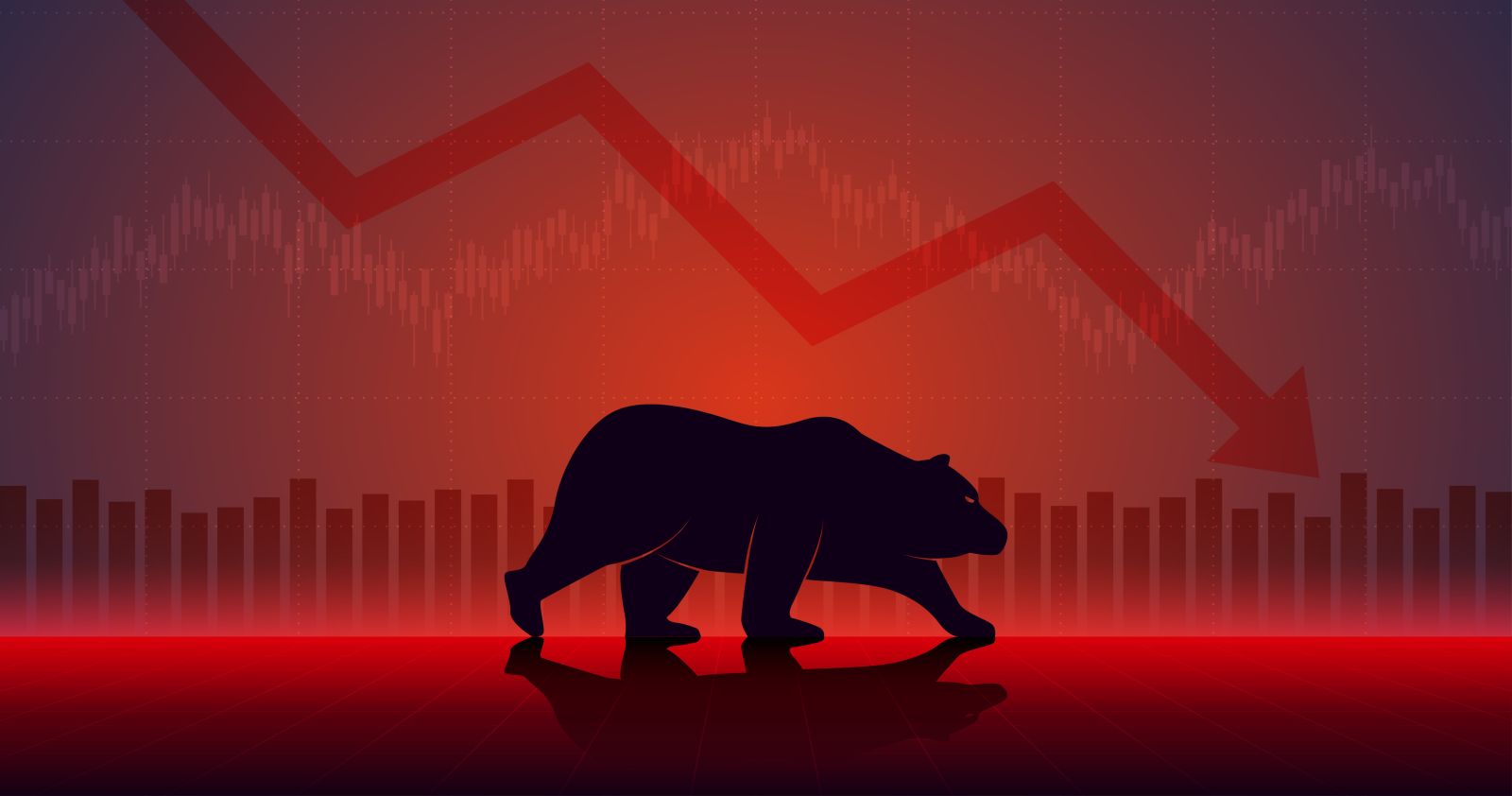
When we look across the broad market indexes in the US, there are 4 horsemen leading the charge: Dow Jones Industrial Average (DIA), The S&P 500 (SPY), the Nasdaq 100 (QQQ), and the Russell 2000 (IWM). However, one of these is vastly different from the rest, and it looks to be painting a negative picture for the markets going forward. Let’s begin by breaking down the differentiation with the indexes.
Finra, the financial industry regulator, segments companies by market capitalization. The breakdown is as follows:
- Micro-cap: market value of less than $250 million
- Small-cap: market value between $250 million and $2 billion
- Mid-cap: market value between $2 billion and $10 billion
- Large-cap: market value between $10 billion and $200 billion
- Mega-cap: market value of $200 billion or more
The Dow, Nasdaq and S&P are comprised of all large and mega cap equities, with no small-cap companies in any of these 3 indexes. The Russell 2000 on the other hand is comprised entirely of small-cap companies. Small-cap companies tend to flourish and lead the markets higher when we are in a bull market phase. This is partly due to larger companies acquiring smaller ones when money is plentiful and credit is cheap. On the other hand, when money is tight, as it is today, small-cap companies struggle, potentially leading the broader market indexes lower. The current rising rate environment is also not kind to small cap companies as they tend to be high-yield companies with floating-rate debt. As rates go up, so does the cost to service that debt.
For these reasons, many market watchers view the Russell 2000 as the “Canary in the coal mine”, warning us of potentially bad times ahead.
As you can see, the Nasdaq 100 (QQQ) has been looking particularly strong the past 6 months. Registering over 24% gains since the October ‘22 lows. It currently is the clear leader in the market, with a nice uptrend of higher highs, and higher lows.

The S&P500 (SPY) is a close second to the Nasdaq. It has posted just over a 17% gain in the same period of time, but is currently sitting just below overhead supply. While there is still an uptrend in place, its inability to break the February 2nd high does imply internal weakness.

The Dow (DIA) on the other hand has a very different picture. It had a huge surge off those same October ‘22 lows and is currently up 16.8%! While those gains sound great, it’s slightly off the high established on December 13th and has established a 4-month downtrend from those highs. The rally over the past 3 weeks has been substantial, however, it’s running into overhead supply, and will most likely continue its downtrend.

And finally, the outlier. The Russell 2000 (IWM) has posted an ominous 6.66% from the same October lows we have used as our anchor point in the example. When we look out further, you can see that the Russell has done little over the past year. In fact, in the previous year, it’s down 16.5%.

What’s concerning is that the other 3 indexes all have had strong rallies in the past few months. Yet the Russell is clinging to the lows. As the chart clearly shows, it has had some rallies, but sellers keep pushing prices down. Price is all about a battle between buyers and sellers, and evidently the sellers have the upper hand with the Russell at the moment. Keep your eyes on the IWM going forward. If we get a close below the October low of $162.50, this could put a lot of pressure on the other indexes and lead us to new lows across the board.
As you can see by looking at these 4 indexes, there is a tight correlation between the Nasdaq, Dow and S&P. However, the Russell looks very different. It is much weaker than the broad markets and may be flashing warning signs to traders and investors. If the industry views the Russell 2000 as the “canary in the coal mine”, then it appears the canary has stopped singing.
More Stock Market News from Barchart
- Unusual Activity in Options in Texas Instruments Shows Bullish Outlook
- Netflix Aims to Boost Revenue
- Signs of an Economic Slowdown Weighs on Stocks
- Ferrari Continues to Race Ahead. Is It Still a Buy?







